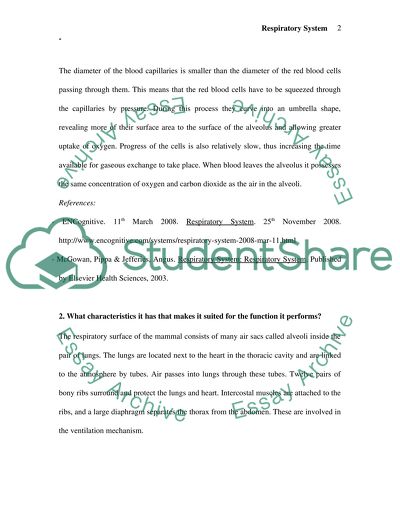Cite this document
(“The Cellular Mechanisms of Respiratory System Essay”, n.d.)
The Cellular Mechanisms of Respiratory System Essay. Retrieved from https://studentshare.org/health-sciences-medicine/1508804-the-cellular-mechanisms0-f-respiratory-system
The Cellular Mechanisms of Respiratory System Essay. Retrieved from https://studentshare.org/health-sciences-medicine/1508804-the-cellular-mechanisms0-f-respiratory-system
(The Cellular Mechanisms of Respiratory System Essay)
The Cellular Mechanisms of Respiratory System Essay. https://studentshare.org/health-sciences-medicine/1508804-the-cellular-mechanisms0-f-respiratory-system.
The Cellular Mechanisms of Respiratory System Essay. https://studentshare.org/health-sciences-medicine/1508804-the-cellular-mechanisms0-f-respiratory-system.
“The Cellular Mechanisms of Respiratory System Essay”, n.d. https://studentshare.org/health-sciences-medicine/1508804-the-cellular-mechanisms0-f-respiratory-system.


